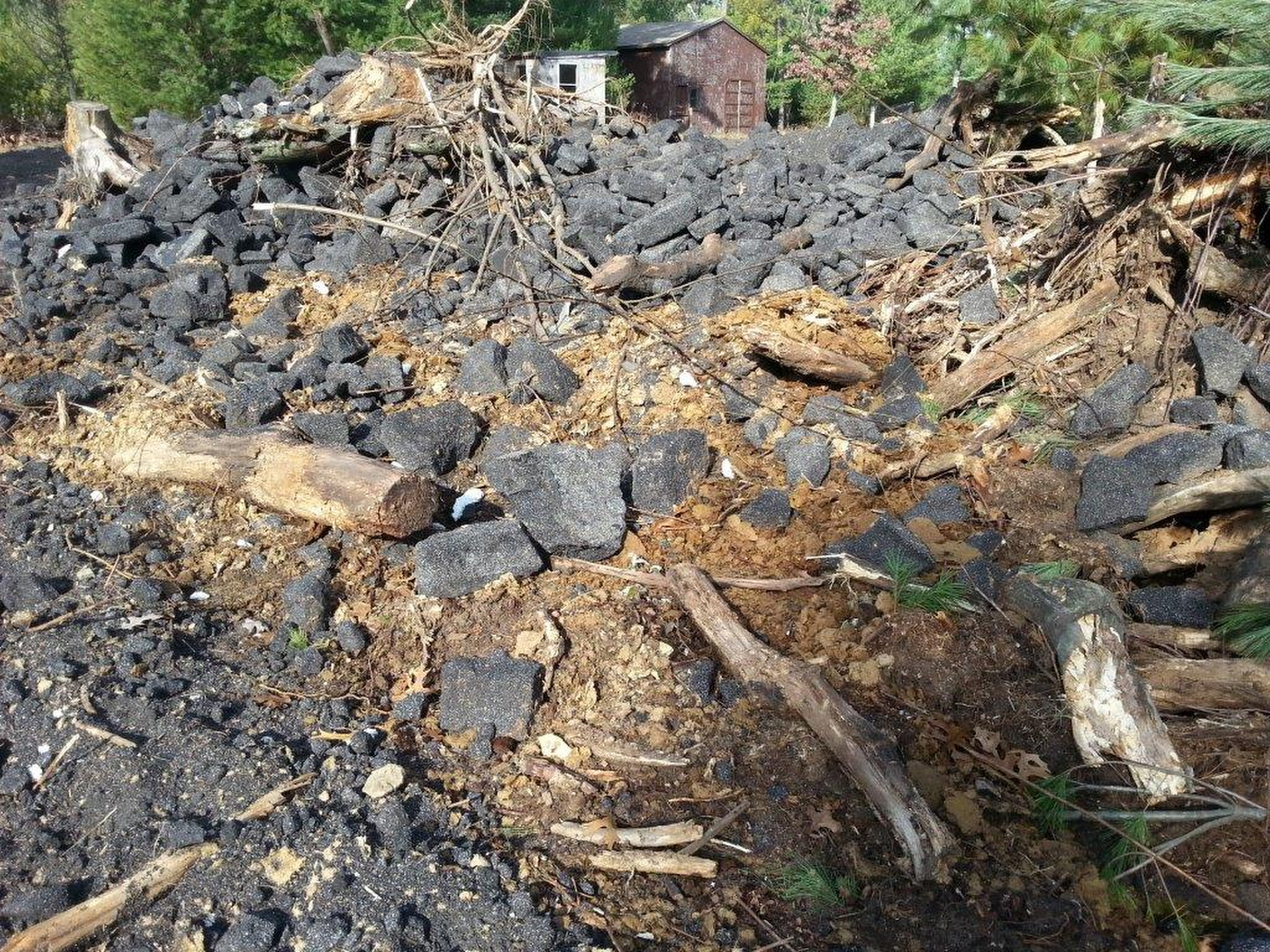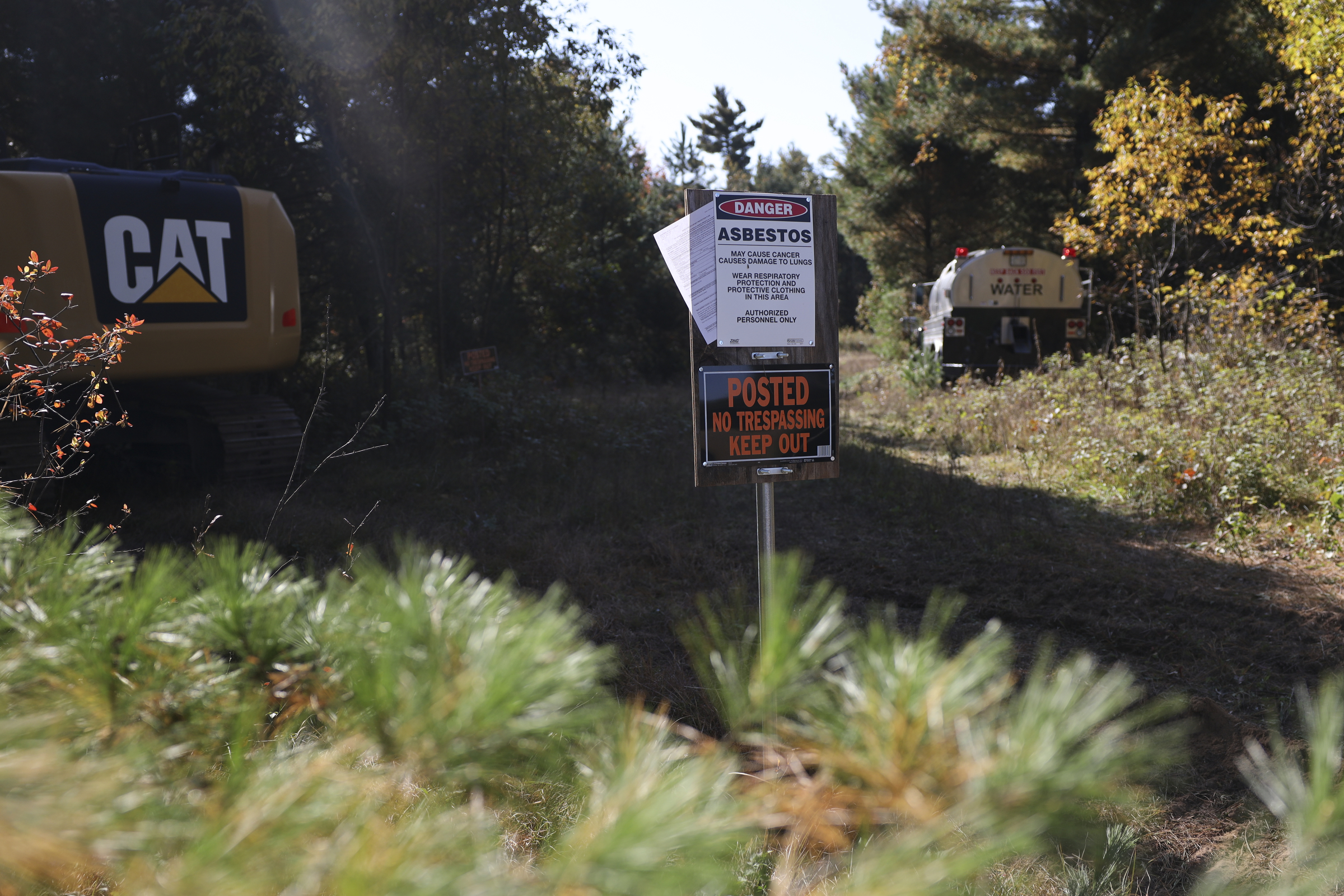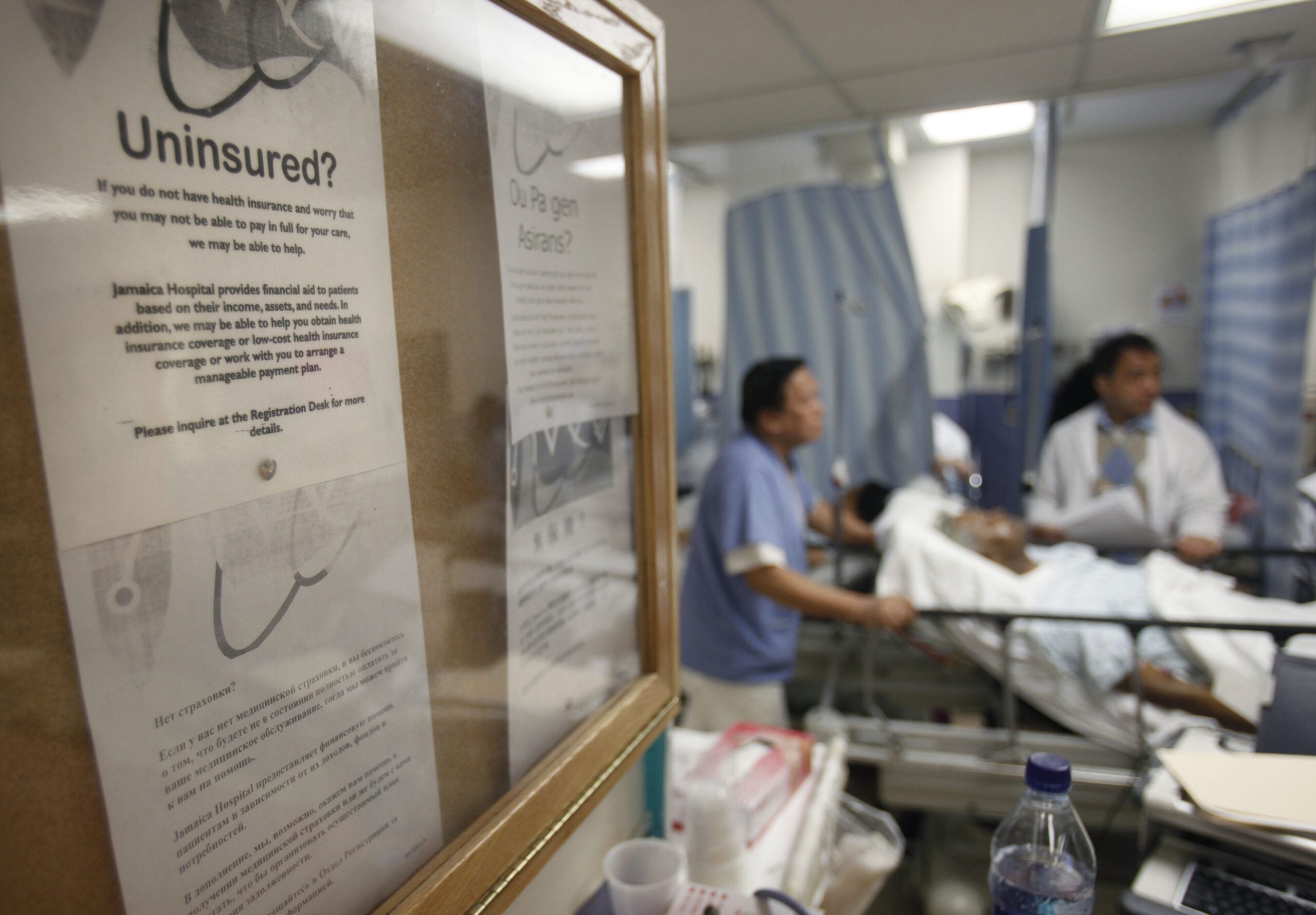A University of Wisconsin-Eau Claire professor who specializes in toxicology says the latest federal ban on asbestos is a “major step forward” in protecting homeowners and workers.
Crispin Pierce, a professor in public health and environmental studies, said he hopes the U.S. Environmental Protection Agency continues to advise the public on the health risks for all types of asbestos. Health officials have linked asbestos exposure to more than 40,000 U.S. deaths annually.
In March, the EPA announced new risk management rules for chrysotile asbestos.
News with a little more humanity
WPR’s “Wisconsin Today” newsletter keeps you connected to the state you love without feeling overwhelmed. No paywall. No agenda. No corporate filter.
“The rule prohibits ongoing uses of the only known form of asbestos currently imported, processed and distributed in the U.S., and will protect people from lung cancer, mesothelioma, ovarian cancer, laryngeal cancer and other health problems caused by asbestos exposure,” the EPA said.
On WPR’s “Central Time,” Pierce said the EPA has determined the six forms of asbestos, including chrysotile, are carcinogenic. He said these policy decisions come down to a back-and-forth between government regulation and the economic benefits of some industries.
“It’s unfortunate to me as a toxicologist (and) a little frustrating, because we don’t always deal with things based upon just their health risk,” he said.
Pierce discussed the health risks of asbestos and the properties that historically made it useful for some industries.
The following was edited for brevity and clarity.
Rob Ferrett: What makes asbestos a health hazard?
Crispin Pierce: It’s the shape and the chemical properties of asbestos. It’s a naturally occurring mineral — one of the most common — in the soil.
It’s very difficult for the lung to clear. … It gets deep into the lung and it’s very, very difficult to remove. The typical diagnostic tool is to do a chest X-ray and see these dense particles in people’s lungs.
The true way to find out if somebody died of asbestos mesothelioma is during autopsy. We can cut open the body and see the asbestos fibers that have accumulated in lung tissue.
RF: And mesothelioma doesn’t go away on its own, right?
CP: That’s right. It’s a terminal disease. Very, very sad disease. It causes difficulty breathing related to emphysema. It’s untreatable. It’s a disease that we know a lot more about than we did 50 years ago, but sadly we don’t have a treatment for it.
RF: Are there other health consequences of asbestos besides mesothelioma?
CP: Yes. Asbestos causes irritation, inflammation and scarring of the lung tissue. Chronic obstructive lung disease, emphysema, difficulty breathing are sadly all the consequences of this kind of fibrous material.

RF: What are the properties of asbestos that made it so widely used?
CP: It’s very strong. It doesn’t catch fire. It insulates both with heat and electricity. So, it has been a very valuable tool; for example, in World War II during shipbuilding for the insides of ships, the pipes, the steam boilers, the ducts.
It’s a very valuable product for many industrial uses: brake linings and clutch linings. But now we know, just like we know about lead, that asbestos causes major health effects.
RF: One of the industries objecting to the timeline of the ban is one that makes chlorine for sanitizing drinking water. How big of a burden is it to change industry practices after the ban?
CP: The ban is on importation of chrysotile asbestos — one of the six forms of asbestos. That’s used in the production of clean drinking water and chlorine, which we use to sanitize most of the water in this country. There is going to be a phase-out timeframe in which the EPA works with industries to find better ways to produce this. There are several new ways to produce this chlorine without using asbestos.
RF: Asbestos is in some insulation. What about tiles?
CP: That’s not uncommon. Even at UW Eau-Claire, we have asbestos in the tile. The principal issue is whether or not it becomes airborne. If the tile is in good condition, it’s not a health risk. It’s when those particles get airborne — it’s called being friable — that we have concerns.
I would suggest that if your linoleum tile is in good condition, you shouldn’t be concerned. If it’s starting to break up, do some remodeling. Get an asbestos contractor to come in and see if asbestos is in the tile, and then get it properly remediated.
RF: What are you working on?
CP: Our work for the last decade or so has been around frac sand mines in Wisconsin. We put air monitors near these facilities to look up what the concentration of … fine particulates are in the air. We have found some risk that leads to a small decline in life expectancy for people who are exposed to these kinds of particles.
We’ve installed about 50 monitors around the state of Wisconsin, so people are empowered to find out what’s in their air.
Wisconsin Public Radio, © Copyright 2026, Board of Regents of the University of Wisconsin System and Wisconsin Educational Communications Board.





